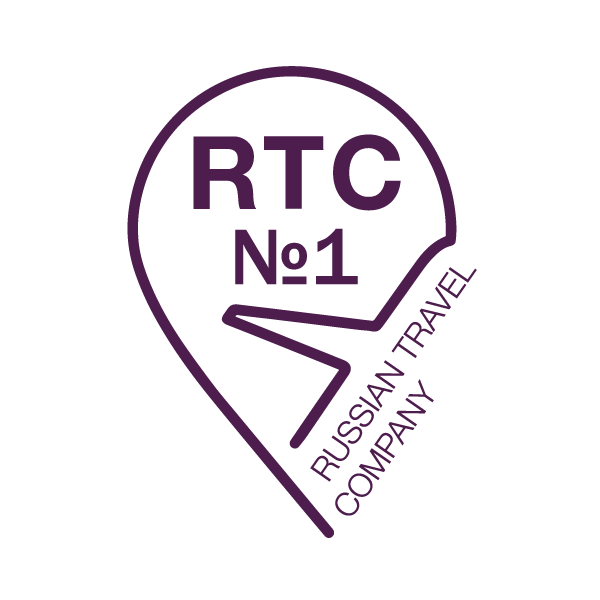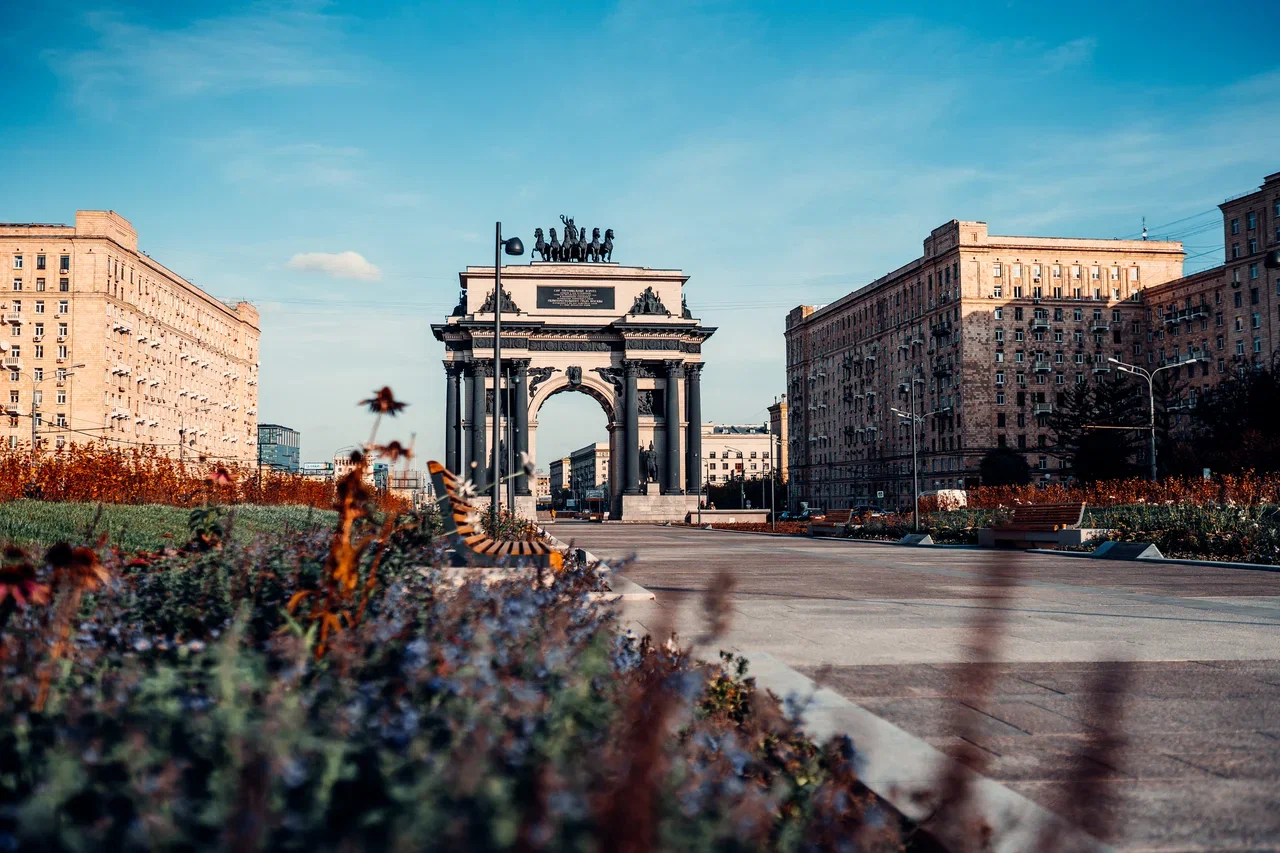Day 1: Arrival to Moscow
Arrival to Moscow. Transfer to hotel.
Take a rest tonight, get ready for the fantastic journey in Russia.
Day 2: Moscow City Tour (St Basil’s Cathedral, Red square, Kremlin, Russian National Circus Show)
Breakfast:in hotel
After breakfast, transfer to St. Basil’s Cathedral, known as one of the “World’s Eight Wonders”. Passing by Manezh Square and starting point of the center of Moscow, and you can see locals throwing a copper plate and making a wish at the starting point in Moscow. Walking into the door of Jesus’ Resurrection is red square. The meaning of “red” in Slavic words also has a beautiful, broad meaning. There is also the first department store in Europe, Gum Department Store and on the opposite is the tomb of Lenin, the strongman of the Soviet era. If you are lucky enough, you can also glimpse the handover of the guards at the Monument to the Unknown Soldier.
After lunch, Visit Russia’s economic and political elite area Kremlin, where you can enter one of the three cathedrals Dormition Cathedral, Archangel Cathedral, Annunciation Cathedral , you will see Ivan the Great Bell Tower, Tsar Cannon.
In the evening, visit the most famous Russian national circus in the local area. You can watch hilarious performances of the clowns. It’s even more interesting to see the well-trained animals behave in an orderly manner, and it’s one of the highlights that Moscow should not miss. Return to the hotel after the performance.
Day 3: Moscow (Moscow Metro, Arbat Street, Zaryadye Park/St. Petersburg (Flight time is about 1 hour and 15 minutes)
Breakfast: in hotel
After breakfast visit Moscow metro station, where the carrying capacity of Moscow Metro is second in the world after the Tokyo Metro in Japan. Since the development in 1931, in addition to transport functions, it also played the role of defense against aerial attacks in the WW2. There are currently more than 180 stations, and they are also undergoing additional development. The subway also fully demonstrates the artistic depth of Russians. The art of each station is different and has its own characteristics. Take the subway to visit the Russian underground palace and visit the local subway culture and folk customs.
Arbat Art Street: There are many souvenir shops on this street, where you can buy favorite souvenirs; there are also many street performers, art events or street artists selling their own paintings during the holidays.
Zaryadye park is located in the center of Moscow. It is open to visitors on September 6, 2017. The park cost 13 billion rubles (about 223.9 million US dollars). The floating bridge is a thin air structure in the form of the letter “V” with a large outward extension above the water. It towers over the embankment and seems to hover over the Moscow River. The bridge is unique in Russia: it is a 70 meter structure without a single support. The bearing structure of the bridge is made of concrete, and the decorative elements are made of metal. On this bridge, you can enjoy the best view of the Kremlin and the Cathedral of Christ the Savior.
After the tour, transfer to the airport to take your flight to – St. Petersburg
Arrival to St. Petersburg, transfer and accommodation at the hotel
Day 4: St. Petersburg (Peterhof Garden, Catherine Palace)
Breakfast:in hotel
At first we are going to visit the Peterhof Garden, which is known as the “Russian Versailles”. About 29 km from St. Petersburg, the palace was founded by Peter the Great in 1709. Peter the Great requires this place to be comparable to the Palace of Versailles. Because of the abundant underground water supply, the large and small fountains built in the garden are beautiful. The garden’s landscape outside the palace, the collection and ornaments in the palace are worth watching.
Transfer to Catherine Palace. Before the war in Poland, Peter the Great gave his wife, Catherine I, a piece of land in the Tsar Village, which was the prototype of the Catherine Palace. Afterwards, Queen Elizabeth, the daughter of Peter the Great, carried it more than 1741 and decided to build a more luxurious palace in the same place, and appointed the design style of the Tracy Palace to create this magnificent Baroque palace. You can see that the Catherine Palace combines the Baroque style of Las Cui Li and the classicism of Cameroon. The appearance of the palace is azure palace wall with white jade-like window sills; inside the palace has a dazzling gold dancing hall GREAT HALL, Amber hall, tens of thousands of artworks. All of them are worth tasting. Most legendary and unique is the amber hall in the palace (it is said to use 6 tons of amber).
Day 5: St. Petersburg (Peter & Paul Fortress, Winter Palace ) Russian folk show
Breakfast:in hotel
Today we are going to Peter & Paul Fortress, which founded in 1703 by Peter the Great. It was the fortress that drastically controlled the ship from the Baltic Sea into the Neva River. St. Petersburg witnessed the historical development of Russia and left countless cultural heritage. Almost all Russian tsars buried in the church here.
In the afternoon, visit the Winter Palace (the Hermitage Museum), one of the four major museums in the world. It is the most famous building in St. Petersburg, and it holds tens of thousands of world art treasures. The museum contains five palaces built in different periods since 1754: the Winter Palace, the Little Hamilton Palace, the Great Han Mighton Palace, the New Han Miden Palace, the Hamilton Theatre, etc. It was the daughter of Peter the Great, Queen Elizabeth, who hired the architect of Francesco Bartolomeo Rastrelli to build. Every hall of the Winter Palace is graceful and elegant, and fully reflects the architectural art and skills of the Russian people. There are famous collectors, famous paintings, jade carvings and porcelains from around the world. There are about two hundred and seventy. More than 10,000 pieces。
In the center of the Palace Square, the 47-meter-high Alexander Column was completed in commemoration of the victory of Tsar Alexander I in Napoleon. It took nearly four years to complete.
Arrange to the St. Isaac Square in the center of St. Petersburg. The road in front of the square is the famous Blue Bridge. Built in 1818, it is 100 meters wide and is the widest bridge in the city. It is subtly integrated into the square. The main dome of St. Isaac’s golden dome is visible from the Gulf of Finland. The church took about 40 years to build, a total of about 400 kg of gold, 16,000 kg of malachite and about 1 ton of blue ore decoration.
In front of the church square is the statue of the Knights of Nicholas I completed in 1859. On the other side is the Decembrists’ Square. There is a bronze knight facing the statue of the Neva River, which was cast in 1782 by Catherine the Great to pay tribute to Peter the Great.
Special arrangements at the Nikolay Palace tonight – Russian folk dance. Enjoy the happy music, bright costumes and lively and funny Russian traditional dances at the Nikola Palace, and arrange cocktail parties during the period. Enjoy champagne, brown bread with caviar, vodka. In the splendid lighting of the Nikolai Palace, beautiful candle shadows, melodious piano sounds in the palace room, back in time to the 18th century aristocratic dining, experience the luxury atmosphere of the old palace aristocrats.
Day 6: St. Petersburg city tour (Church of Christ the Saviour on the Spilled Blood, Nevsky Avenue)/Moscow
Breakfast:in hotel
After breakfast, transfer to Kazan Church: designed by Russian architect Voroneich and began construction in August 1801. The nature of the church is based on the ancient St. Peter’s Church and was completed in 1811 in 10 years. However, since the main entrance of the church faces the north and the side faces Nevsky Avenue effecting the appearance of beauty. Therefore, 94 Konis-style semi-circular long-column corridors are erected on the east side of the church to make the Kazan church a typical Russian church.
Saviour on the Spilled Blood, also known as the Resurrection Cathedral was built by Alexander III to commemorate his father Alexander II who was thrown bombs by a revolutionary here in 1881. Based on the St. Basil’s Cathedral on the Red Square in Moscow, the exterior walls are decorated with tiles and glazed bricks and terracotta tiles to create a distinctive mosaic style.
Transfer to Nevsky Avenue. It is the main street in St. Petersburg. The total length of the street is 4260 meters. Nevsky Avenue has been the social and cultural center of St. Petersburg since ancient times. There are numerous opera houses, concert halls, museums, libraries and cinemas on the sides of the street and in the adjacent square. You are free to go shopping here and make a perfect ending for the tour in beautiful Russia.
Day 7: Moscow City Tour (Izmailovo Flea Market, Vodka Museum)
Breakfast:in hotel
After breakfast, head to Izmailovo Flea Market. The Izmailovo Flea Market is a handicraft display sales area planned by the Moscow government and the best market for tourists to buy souvenirs. There are all kinds of Russian crafts here, and almost all the souvenirs on the market can be found here. Some artists and craftsmen also come here to show their proud works. Don’t forget to bring something as a commemoration.
Vodka Museum: Vodka, known as the “water of life” in Russia, is the best drink for winter protection. The museum will introduce you to the history of vodka and various types of vodka and arrange to taste vodka, be careful not to get drunk!
Day 8: Moscow – Flight back home
Breakfast:at the hotel
Transfer to the airport to take your flight back home

